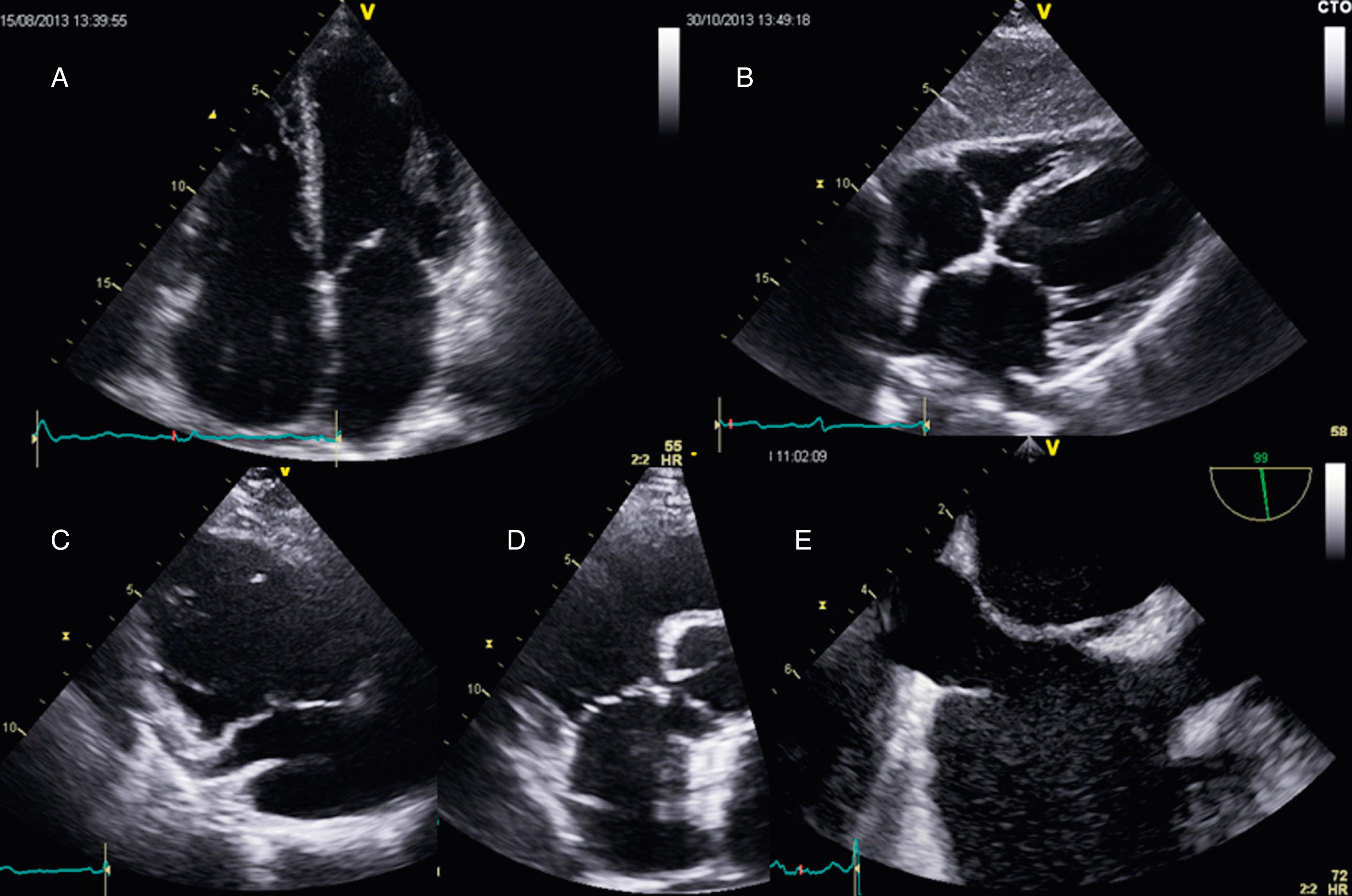Physical Address
304 North Cardinal St.
Dorchester Center, MA 02124
The authors acknowledge the contributions of Dr. Nimrod Blank, who was a coauthor of this chapter in the previous edition.
The right atrium (RA) is an important but often overlooked cardiac chamber. It is situated in the most anterolateral region of the heart, and it normally receives deoxygenated blood from the superior vena cava (SVC), inferior vena cava (IVC), and coronary sinus. The RA is not simply a blood reservoir. When the tricuspid valve opens during ventricular diastole, the RA serves as conduit and subsequently pumps blood into the right ventricle (RV) during atrial contraction. Various anatomical, physiological, electrophysiological, and pathological features of the RA are recognized as unique, and echocardiographic parameters of RA dysfunction have been shown to correlate with severity and prognosis in several disease states.
The RA is divided into two parts: the thin-walled sinus venosus posteriorly and the auricle or RA appendage anteriorly. The sinus venosus is attached medially to the left atrium (LA) and posterolaterally to the crista terminalis. It includes the venous portion (insertion of the IVC and SVC), the vestibulum, and the atrial septum. The pectinated RA appendage merges posterolaterally from the crista terminalis and overlies the aortic root.
The orifice of the SVC lies on the upper posterolateral wall, and the orifice of the IVC lies on the inferior posterolateral wall. The crista terminalis , a crescent-shaped, smooth, muscular ridge, extends from the SVC to the IVC. The tricuspid valve (TV) separates the RA from the RV. Just posterior to the TV at its most superior edge is the orifice of the coronary sinus (CS). A membranous structure, the thebesian valve , is often seen at the opening of the CS.
The fossa ovalis , a thin membrane between the right and left atria, lies at the middle of the posterior wall of the RA, at the lower part of the septum, above and to the left of the orifice of the IVC. The limbus fossa ovalis is a prominent oval margin of the fossa ovalis.
The Eustachian valve (valve of the IVC) is a crescentic tissue fold arising from the anterior rim of the IVC, with variable length and shape. In the fetus, this valve serves to direct blood from the IVC through the foramen ovale and into the LA. The Chiari network is a congenital remnant of the right valve of the sinus venosus. It is generally more extensive than a prominent Eustachian valve (from which is should be differentiated) and attaches to two or more regions of the RA ( Fig. 32.1 ).

The RA acts a reservoir for systemic venous return through the SVC, the IVC, and the small-caliber CS that drains blood from the coronary system. The filling pattern is divided into three phases: a dominant systolic phase, a diastolic phase, and a third short atrial contraction phase with small reversal (upstream) flow from the RA into the system veins. During diastole, the TV opens, and blood from the RA is drained into the RV in two phases, early and late diastolic filling. The first phase is passive, with a pressure gradient driving the flow, and the second phase is active atrial contraction. The RA pressure varies significantly with the respiratory cycle and is usually between 3 and 8 mm Hg.
The RA increases in size and volume in response to prolonged increases in pressure or volume loads (e.g., pulmonary hypertension and significant TV regurgitation, respectively) or both. The RA also enlarges in response to chronic atrial fibrillation. The increase of RA size and volume has prognostic value in assessing right-sided (and left-sided) heart diseases. ,
Multiple views are used to assess the RA, including the RV inflow view of the parasternal long-axis, the parasternal short-axis, the apical four-chamber (A4C), and the subcostal views ( Fig. 32.2 ). Of these, the A4C view is most important and is commonly used to determine RA volume. Transesophageal echocardiography (TEE) affords a more complete visualization of the interatrial septum, the entrance of both venae cavae, the RA appendage, and the ostium of the coronary sinus. TEE visualization is particularly important when excluding RA compression by clot after cardiac surgery.

Become a Clinical Tree membership for Full access and enjoy Unlimited articles
If you are a member. Log in here